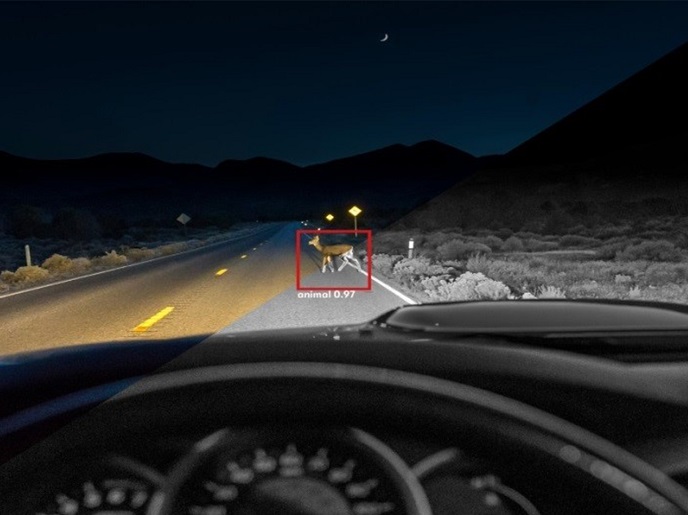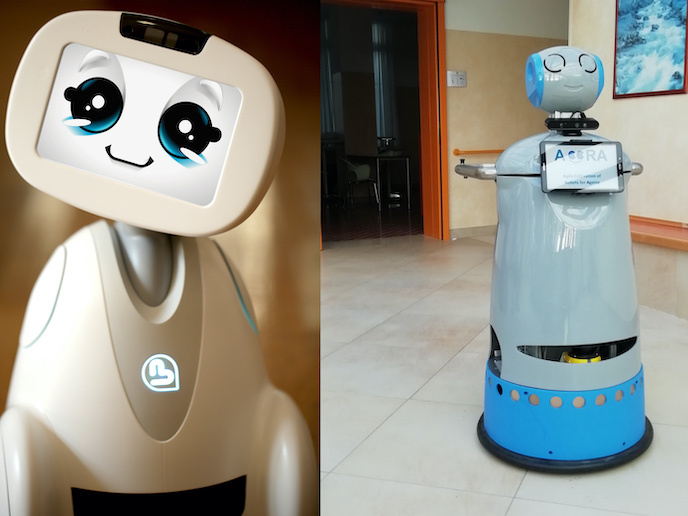Wireless healthcare
Phenomenal growth of digital wireless and mobile communications systems has opened up a myriad of new applications and possibilities. Wireless sensor networks (WSNs) have emerged recently and allow end users to understand and interact with the environment in a better way. The technology is expected to enable home automation, smart environments, entity tracking, disaster recovery, environmental monitoring, patient care and patient vital sign monitoring, among many others. In healthcare, wireless vital sign sensors (e.g. electrocardiogram or blood pressure) and mobile devices such as portable monitors and portable digital assistants (PDAs) can monitor patient health in an emergency situation. Many medical wireless portable actuators, including respirators and infusion pumps, that read information from vital sign sensors can be used to care for patients in intensive care units. In the past, the EU has funded WSN projects related to healthcare, but still falls behind the US in this respect. In response, the EU-funded 'Cooperative transmission and cross-layer techniques for secure wireless sensor networks' (Coolness) is defining a new protocol to advance WSN technology in healthcare and beyond. It is investigating hardware and software that can accommodate a rich variety of sensor devices and applications, and proposing new techniques to enhance the efficiency of WSNs. This involves the creation of new, more efficient cooperative protocols and network coding schemes for wireless technology that must be adapted to the requirements of healthcare applications. The ultimate goal is to develop a prototype for demonstrating and validating the feasibility of the proposed approaches. In the meantime, project results are being disseminated through technical journals, papers and conferences to further its cause. Infirm and elderly people can benefit greatly from healthcare applications of WSNs, bringing a better quality of life and even saving lives through wireless technology.







